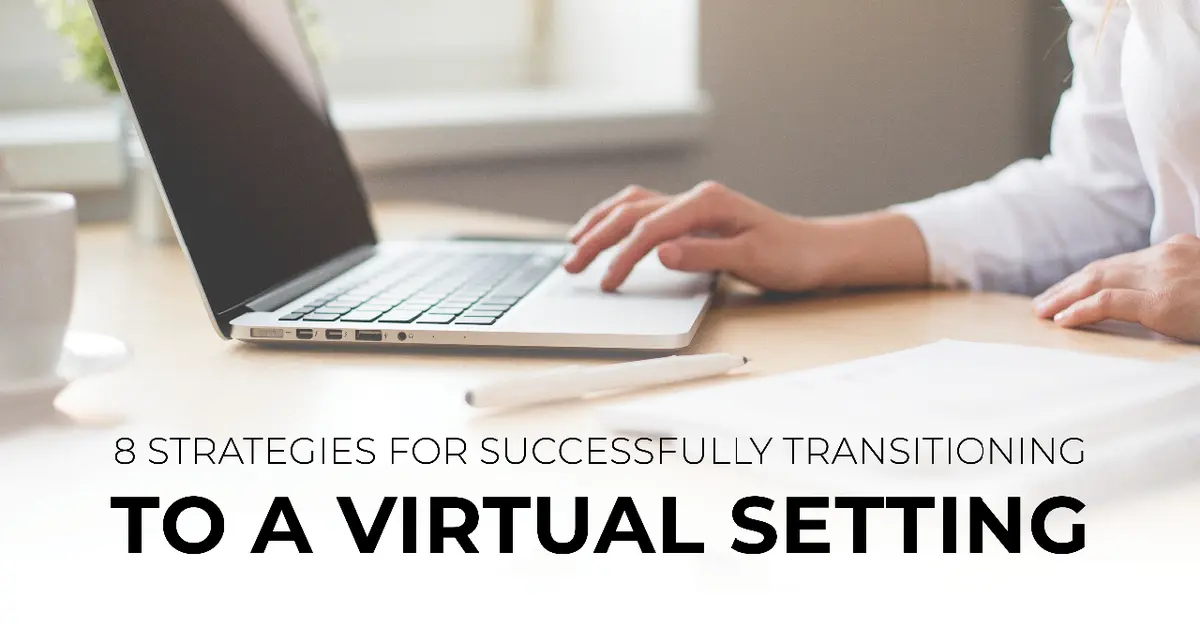
As employers increasingly embrace remote work opportunities, new employees are searching for ways to make their transition to a virtual setting more comfortable. We connected with Esther Kong, Human Resources Generalist, to find out how new remote employees can make a stellar impression, build strong relationships, and hit the ground running. Not only is Esther a leader in recruitment, she is also settling into a new role while working from home. Here are some of her strategies:
Get to know your tools
From the outset, identify what technology and tools are essential to your daily operations. Then, ask if there is anything you have at home that can supplement. In the early days, take some time to familiarize yourself with essential programs. If you receive training on special applications, demonstrate you understand how they work. “Share tips, tricks, best practices or shortcuts,” says Esther. “This shows the team they have properly prepared you, and it’s one less thing for them to worry about on top of their daily workload.”
Identify top priorities
When you begin your new role, make a point of identifying immediate priorities with your manager and determining where you can have the most meaningful impact. “Whatever your team’s needs were before the pandemic are likely different now,” Esther explains. “Understand what the priorities are now, because they may be different from what was initially discussed or laid out in the job description.”
Set or take advantage of regular check-ins
Building rapport with colleagues can be tricky without the luxury of proximity and collaboration. If your team holds regular check-ins, schedule your day around it. “Now more than ever, it’s important to be present in those meetings,” says Esther. “Even if we can’t physically be around each other, we should still maintain close social contact. These meetings offer valuable facetime with your coworkers even though it’s online.”
A good way to integrate yourself into a team is by sharing anecdotes at the beginning of these check-ins to help break the ice. “You find out all these interesting facts about your coworkers, so they are no longer just a person on the screen to you. It helps you humanize each other,” she adds.
Ask questions
Asking a lot of questions is also a strong way to demonstrate commitment to quality. “It’s important to ask clarifying questions to fully understand what needs to be done. It’s always better to take a bit of extra time on the front end rather than jumping in, guns blazing, and having to fix things on the back end,” she says. “This shows others you want to do a good job.” Your leader will appreciate your initiative, and desire to do something right the first time, and this opens the door for communication for the future.
Be intentional
Being intentional in your interactions with colleagues is important to establishing yourself as a professional. You can show intention by being punctual for meetings and coming equipped with an agenda or meeting notes. “This demonstrates to people that you are someone who takes their work seriously and is respectful of other people’s time,” says Esther. She also infuses intention in her daily interactions. “If I reach out to someone, I give them a reason to collaborate with me and try to add value,” she says. “For instance, if I’m sending an instant message to someone, I don’t start by saying hi and wait for the person to answer. It’s a time waster. I want to get my point across in the first message,” she explains. “We’re all going through the same thing right now working remotely. Everyone’s getting pinged with emails, instant messages, calls, and video chats. I try to be mindful of that.”
Welcome feedback
If there’s a sure-fire way to garner respect from your colleagues, it’s acknowledging the value they have to offer. Your teammates are already familiar with processes, personalities, and policies that can impact the success of your projects. A bit of this insight can help provide clarity and remove barriers unbeknownst to you. “I think it’s important to establish to everyone on your team that you are respectful of their opinion and trust their expertise. This in turn also encourages further collaboration,” Esther offers. “Mutual respect is key to team dynamic.”
Take on some quick wins
While compliance training might not be the most exciting project on your radar, it is essential to onboarding. Tackle this essential training as soon as possible so your team can have your full and focused attention. Once that is complete, you can seek out low-hanging (but important) fruit. “Some tedious tasks that no one wants to do are really easy. Dedicate half an hour or an hour to breeze through it. That’s one less thing on the list your team has to worry about.” This is an easy way to build rapport and better positions the entire team to take on priority tasks.
Prepare for the physical office
For many starting new roles in our current climate, the virtual work environment is a temporary arrangement. Give yourself a leg up by creating a daily routine that is transferrable. “I don’t want that shock to the system, so I’ve still been getting up early in the morning, going out for my morning runs, getting showered and dressed as though I’m going to work, and keeping my work area organized” Esther says. “The less transitioning you need to do once you return to the office, the better.”
Esther also recommends creating a digital parking lot of activities suitable for when your return to the office. “This helps you plan and prioritize what to do once you’re back in a physical setting.”
While starting a new role in a virtual environment might seem intimidating, remember that your employer wants you to succeed just as much as you do. If you follow the guides above, embrace the new challenges a virtual setting brings, and have the courage to ask for help along the way, your effort won’t go unnoticed.

